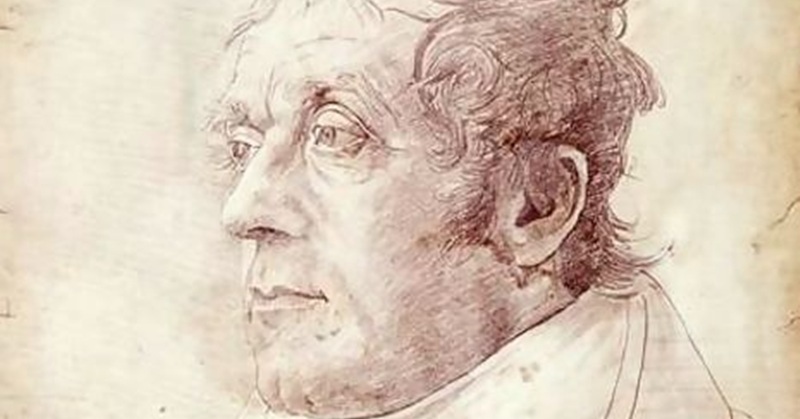A former Dundee University student thinks she might be on the verge of unlocking the secret of one of the most controversial paintings of the last 200 years.
Scholars have disputed for two centuries whether a famous portrait of JMW Turner by Cornelius Varley could really show the landscape painter, but Kelly Freeman claims to have taken steps to settle the dispute.
Turner, regarded as the one of the greatest masters of British watercolour landscape painting, repeatedly refused to sit for portraits, so if the work proves to be of him it would be very significant.
As part of her Masters project at Dundee, Kelly created a 2D image of the drawing, which is thought to have been made in 1815 when Turner was 40, and superimposed it on a 3D laser scan of Turner’s death mask.
The mask, made after Turner died at 76, showed a man who had lost almost all his body fat and teeth, so Kelly had to rely on a small number of features to try to identify the artist.
She found many identical features such as the eye sockets and the gap between upper lip and nose.
The results did leave some room for doubt, though, so Kelly hopes to go further and prove once and for all the work is indeed a portrait of Turner.
“It think it is very important to be able to put a face to this great man who never sat for portraits,” she said.
“What I am hoping to do is to do more research and create a digital 3D mesh and produce quantifiable statistics to see if statistics can prove it is a portrait of Turner.”
